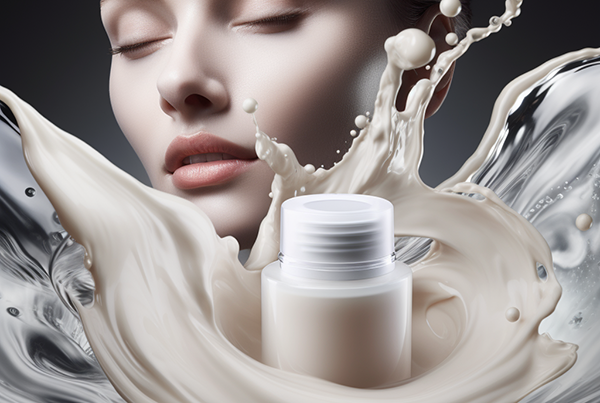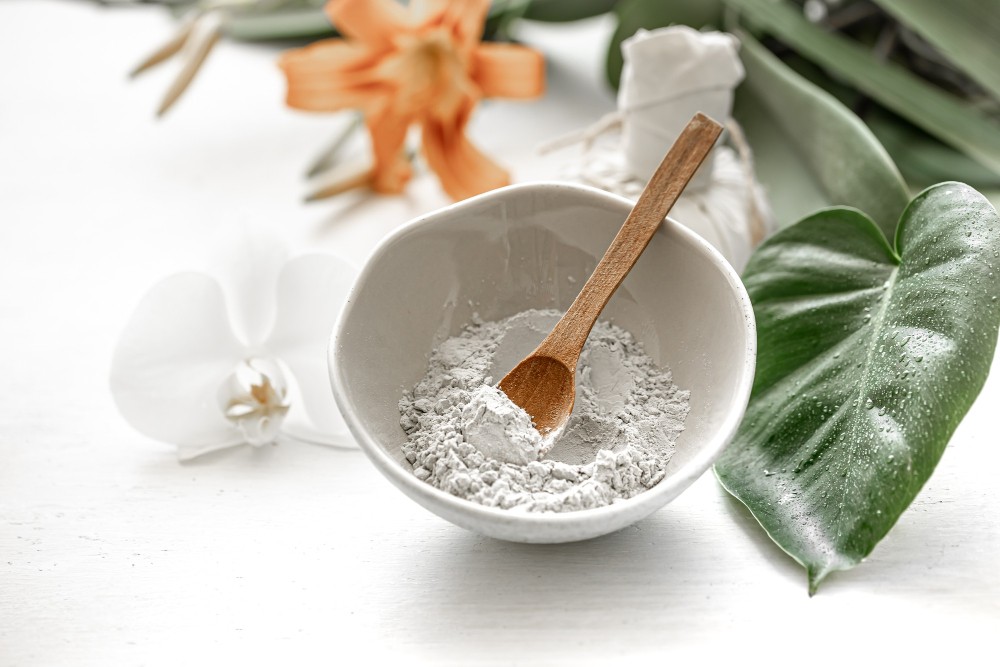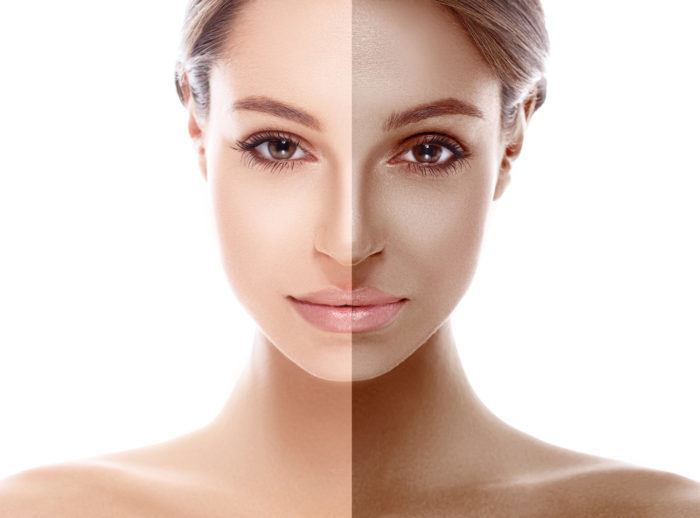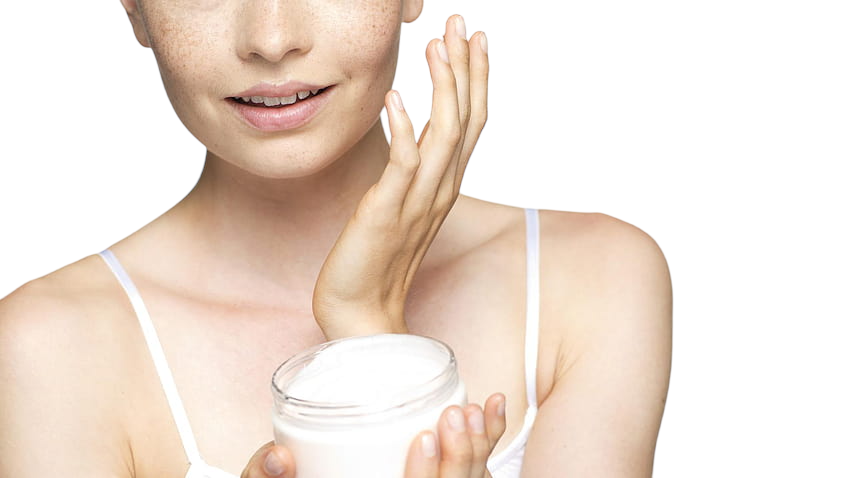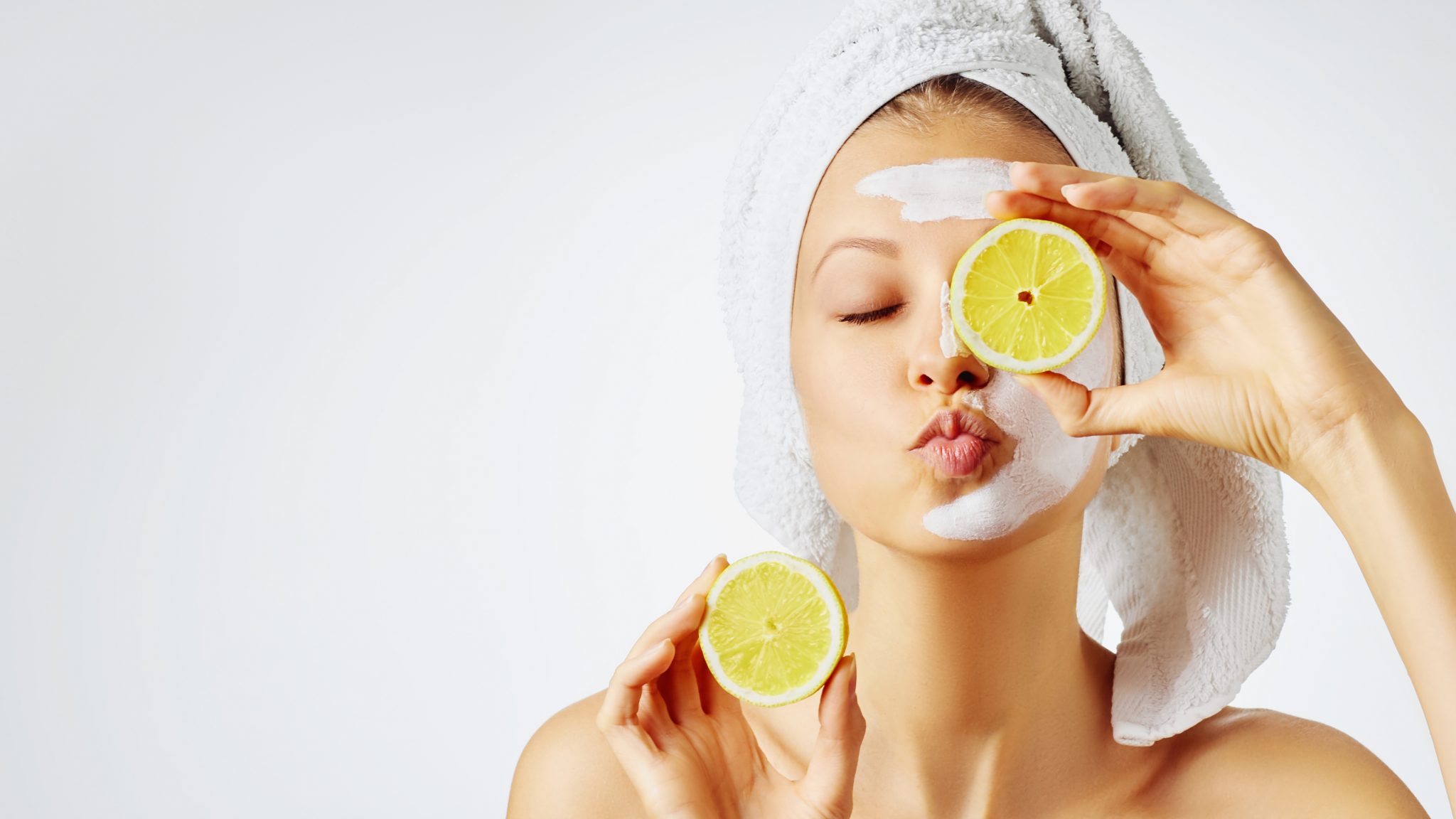- Home
- products
-
-
-
-
Product Center
Our broad selected range of high performance active and raw materials offers versatility for various applications.
-
-
-
-
-
-
Product Center
Explore our products and get in touch with us about your order.Skin Care
- Carrier Oil
- Peptides
- Thickening Agents
- Surfactant
Silicones
- Silicone Industrial
Powders
- Pet
- Nutrition
- Nano Technology
- UV Filter
-
- Products
- Sustainability
- Reach
- Trends
- About
- Contact
- Home
- products
-
-
-
-
Product Center
Our broad selected range of high performance active and raw materials offers versatility for various applications.
-
-
-
-
-
-
Product Center
Explore our products and get in touch with us about your order.Skin Care
- Carrier Oil
- Peptides
- Thickening Agents
- Surfactant
Silicones
- Silicone Industrial
Powders
- Pet
- Nutrition
- Nano Technology
- UV Filter
-
- Products
- Sustainability
- Reach
- Trends
- About
- Contact















